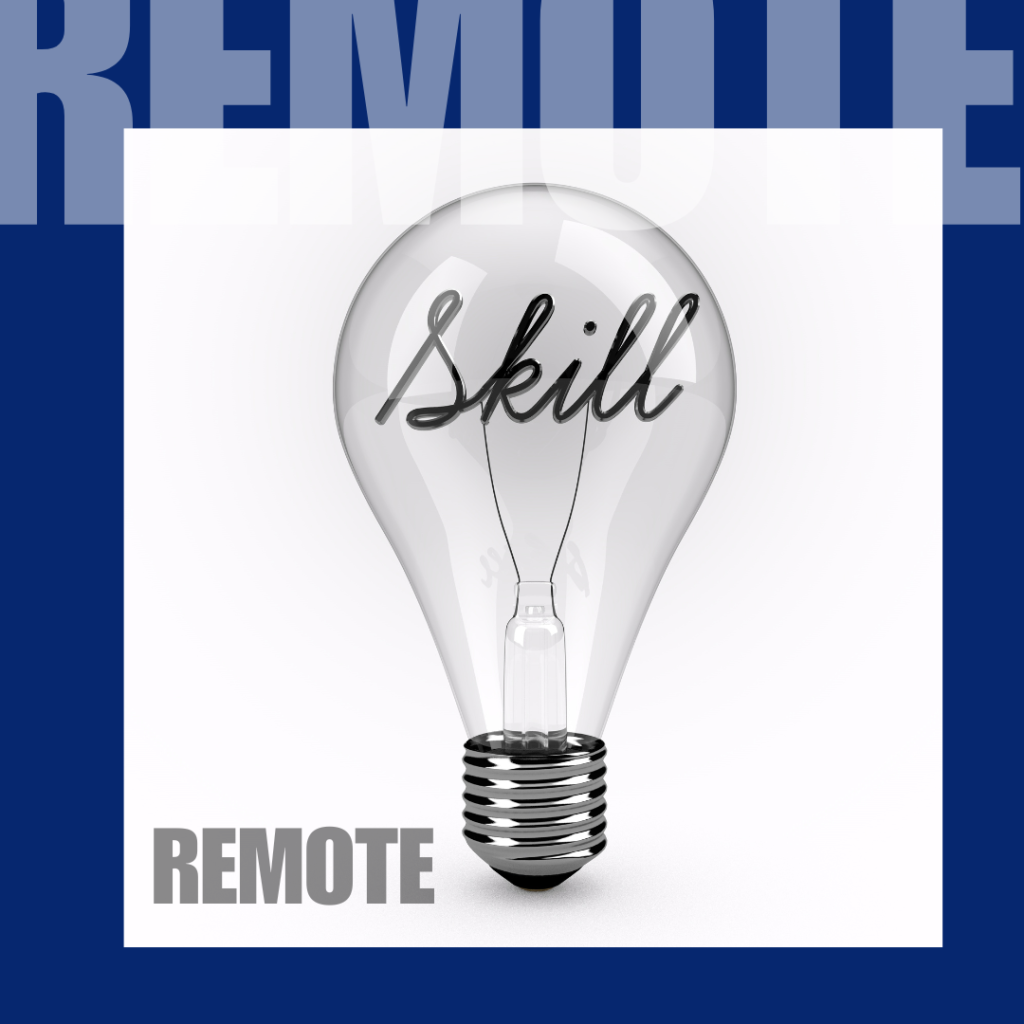
How to Tell Who’s in Front of You: A Star, a Pretender, or a Future Headache?
The resume tells one story. The person — another.
Every recruiter knows the feeling. On paper, the candidate looks great. Confident voice. Smooth answers. But something feels off. Or the opposite: quiet, uncertain — but something clicks. Hiring isn’t just about checking skills. It’s about reading the human behind the answers.
The real challenge is to see through the surface. You want to spot not just competence, but mindset. Is this person adaptive? Are they emotionally intelligent? Or are they just good at “passing interviews”? The difference between a future top performer and a slow-burning disaster often shows up early — if you know what to watch for.
Skip the clichés. Look for real behavior.
Most candidates have heard the usual HR questions. “What’s your greatest weakness?” or “Where do you see yourself in five years?” These don’t reveal much anymore. Instead, shift from rehearsed answers to actual behavior and reactions.
Ask about moments of failure. But don’t just listen to the story — watch how they talk about it. Do they blame others? Or do they reflect? Ask what made them proud last year — but listen for whether their success was individual or team-based. These small details say a lot about ego, adaptability, and emotional maturity.
Pressure shows the cracks
You don’t need to play power games, but a little challenge is useful. Ask an unexpected follow-up. Gently question their logic. Change direction mid-conversation. The goal isn’t to trip them up, but to see how they think on their feet.
Real stars usually stay calm and engage. Pretenders often freeze or start sounding defensive. If someone panics or shuts down when the conversation moves off-script, that’s a flag. In modern teams, flexibility matters more than textbook answers.
Motivation isn’t what they say — it’s how they say it
Everyone says they’re motivated. Everyone says they love challenges. But listen closely to why. Do they light up when talking about learning? Solving problems? Building things? Or do they just want the title and the salary?
Also, pay attention to how they speak about past jobs. Enthusiasm, even when things were tough, often signals internal drive. Bitterness and constant “them vs. me” talk? That’s a warning.
It’s not about perfection — it’s about potential
You’re not hiring for perfect. You’re hiring for fit, energy, and growth potential. And the best candidates often don’t interview “perfectly.” They’re real. A bit messy. Sometimes unsure. But curious. Self-aware. Honest.
The real star may not be the slickest talker — but they’ll ask better questions, reflect deeper, and feel more human. Learn to notice that, and you’ll hire better — consistently.

